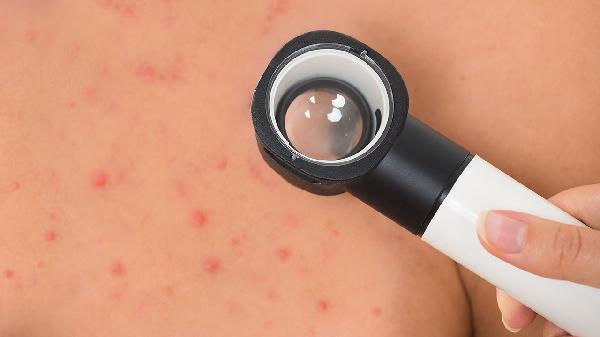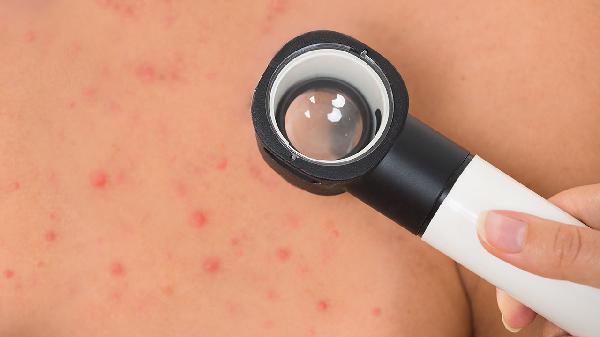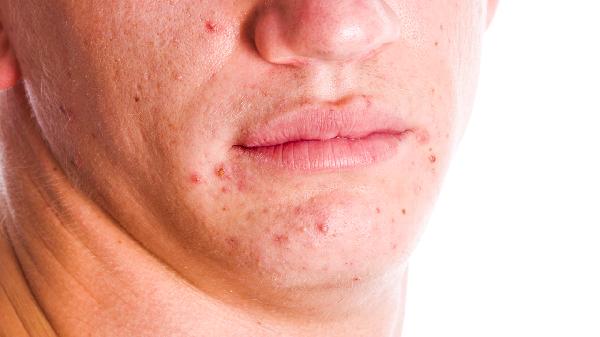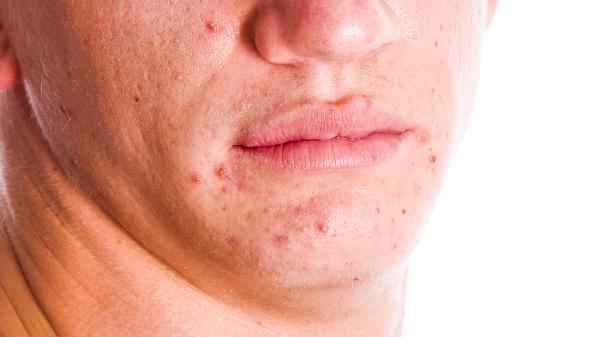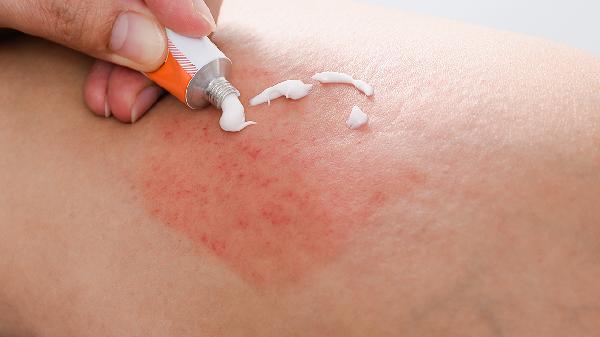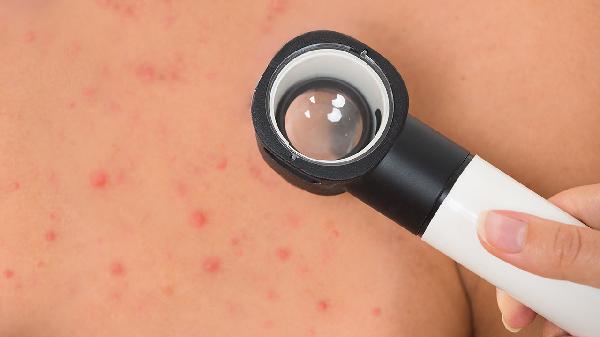Home life is supposed to be warm and cozy, but sometimes, our homes can become a "hotspot" for allergies. Have you ever suddenly started sneezing uncontrollably while cleaning your room, or tossed and turned in bed with an itchy nose? Don’t worry, it’s likely because there are some "invisible enemies" lurking in your home—allergens. Today, we’re going to uncover the mystery of these household allergens, find out where they hide, and learn how to deal with them.
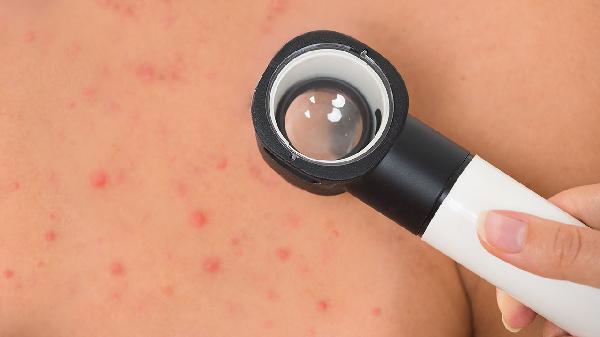
1. Dust Mites
Dust mites are the "number one enemy" of household allergies. They love to hide in mattresses, pillows, carpets, and sofas. These tiny creatures feed on human skin flakes, and their droppings and dead body fragments are the main culprits behind allergic reactions. If you often feel stuffy or itchy while sleeping, dust mites might be the ones to blame.
2. Mold
Damp environments are a breeding ground for mold, especially in places like bathrooms, kitchens, and basements. Mold spores can travel through the air and enter our respiratory system, causing coughing, sneezing, or even asthma. If you notice black mold spots or a musty smell in your home, it’s time to be alert.
3. Pet Dander
Pets are important members of many families, but their dander, saliva, and urine are common allergens. Even if you’re not allergic to pets, their fur can carry other allergens like dust mites or pollen. If you always sneeze or have itchy eyes after petting your furry friend, pet dander might be the cause.
4. Pollen
Although pollen mainly comes from outdoors, it can easily enter your home through windows, door cracks, or clothing. Especially in spring and summer, people with pollen allergies might feel uncomfortable even at home. If you find yourself sneezing or having itchy eyes indoors, pollen might be "invading" your home.
5. Chemical Cleaners
Many household cleaners contain irritating chemicals like ammonia, chlorine, and formaldehyde. These substances can not only irritate your skin and respiratory system but also trigger allergic reactions. If you experience a sore throat or red eyes after using cleaners, it might be the chemicals causing trouble.
6. Cockroaches
Cockroaches are not just annoying pests—their droppings, saliva, and dead bodies are also common allergens. Especially in damp environments, cockroaches thrive. If you often spot cockroaches in your kitchen or bathroom, be careful—they might be the "culprits" behind your allergies.
7. Textiles
Some textiles, especially newly purchased curtains, carpets, or sofa covers, might release harmful gases like formaldehyde. These gases can irritate your respiratory system and trigger allergic reactions. If you feel uncomfortable around new furniture or textiles, they might be "releasing" allergens.
8. Air Fresheners
Air fresheners might make your home smell nice, but the chemicals in them can trigger allergic reactions. Especially spray-type air fresheners, which release tiny particles that can enter your respiratory system and cause coughing or sneezing. If you feel unwell after using air fresheners, they might be the ones causing trouble.
Although household allergens are everywhere, we can effectively reduce their impact by taking some simple measures. For example, regularly clean bedding, pillows, and carpets, keep your home dry and well-ventilated, use non-irritating cleaners, and reduce the use of air fresheners. By doing so, we can truly make our homes a comfortable and healthy haven.
